New York magazine bombshell article says “highly possible” – a must read!
(Two minute highlight read + New York magazine 25 minutes)
I find conspiracy theories somewhere between humorous – as in absurd – and disgusting – as in a waste of time. Primarily because a little due diligence easily debunks them. But what Jonathan Chait has written in the July 9, 2018 issue of New York magazine makes a point of staying away from the conspiracy theorist’s modus operandi of proclamation and certainty.
“A case like this presents an easy temptation for conspiracy theorists, but we can responsibly speculate as to what lies at the end of this scandal without falling prey to their fallacies.” – Jonathan Chait
Chait, a very credible journalist, op-ed columnist and author has offered up what he calls, “a plausible theory of mind-boggling collusion.” He simply sets out a narrative that is chock-full of facts, findings, events and characters, over a thirty year timeline, and leaves the interpretation up to the reader. It’s fascinating. It’s a professional presentation of a complex web of events and people, providing a clear window into three decades of Trump’s relationship with Russia. The story is probably more intriguing then any suspense novel you might currently be into. Great summer reading.
I suggest that if you read this article, your takeaway from the Helsinki Trump-Putin meeting may be radically altered.
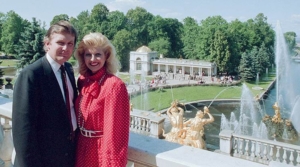
1987: Donald and Ivana Trump in Russia
A few highlights:
- In 1987, Trump returned from Moscow fired up with political ambition. He began the first of a long series of presidential flirtations, which included a flashy trip to New Hampshire. Two months after his Moscow visit, Trump spent almost $100,000 on a series of full-page newspaper ads that published a political manifesto.
- CIA director John Brennan hinted that some Americans might have betrayed their country. “Individuals who go along a treasonous path,” he warned, “do not even realize they’re along that path until it gets to be a bit too late.” In an interview this year, he put it more bluntly: “I think [Trump] is afraid of the president of Russia. The Russians may have something on him personally that they could always roll out and make his life more difficult.”
- It would be dangerous not to consider the possibility that the summit is less a negotiation between two heads of state than a meeting between a Russian-intelligence asset and his handler.
- The person who managed the campaign of a pro-Russian candidate in Ukraine was now also managing the campaign of a pro-Russian candidate in the United States. [Paul Manafort].
- Russia murders people routinely, at home and abroad. In the nine months after Trump’s election, nine Russian officials were murdered or died mysteriously. At least one was suspected to have been a likely source for Steele. The attorney for the firm that hired Steele told the Senate last August, “Somebody’s already been killed as a result of the publication of this dossier.”
- Meanwhile, the White House has eliminated its top cybersecurity position. That might simply reflect a Republican bias against bureaucratic expertise. But it might also be just what it looks like: The cop on the beat is being fired because his boss is in cahoots with the crooks.
I found the story clarifying and insightful, and I wanted to share it with as many people as possible, as close to the Trump-Putin meeting as possible. Because the Helsinki meeting is the next chapter in this, as of yet, unfinished story.
Will Trump Be Meeting With His Counterpart — Or His Handler? by Jonathan Chait
Enjoy!

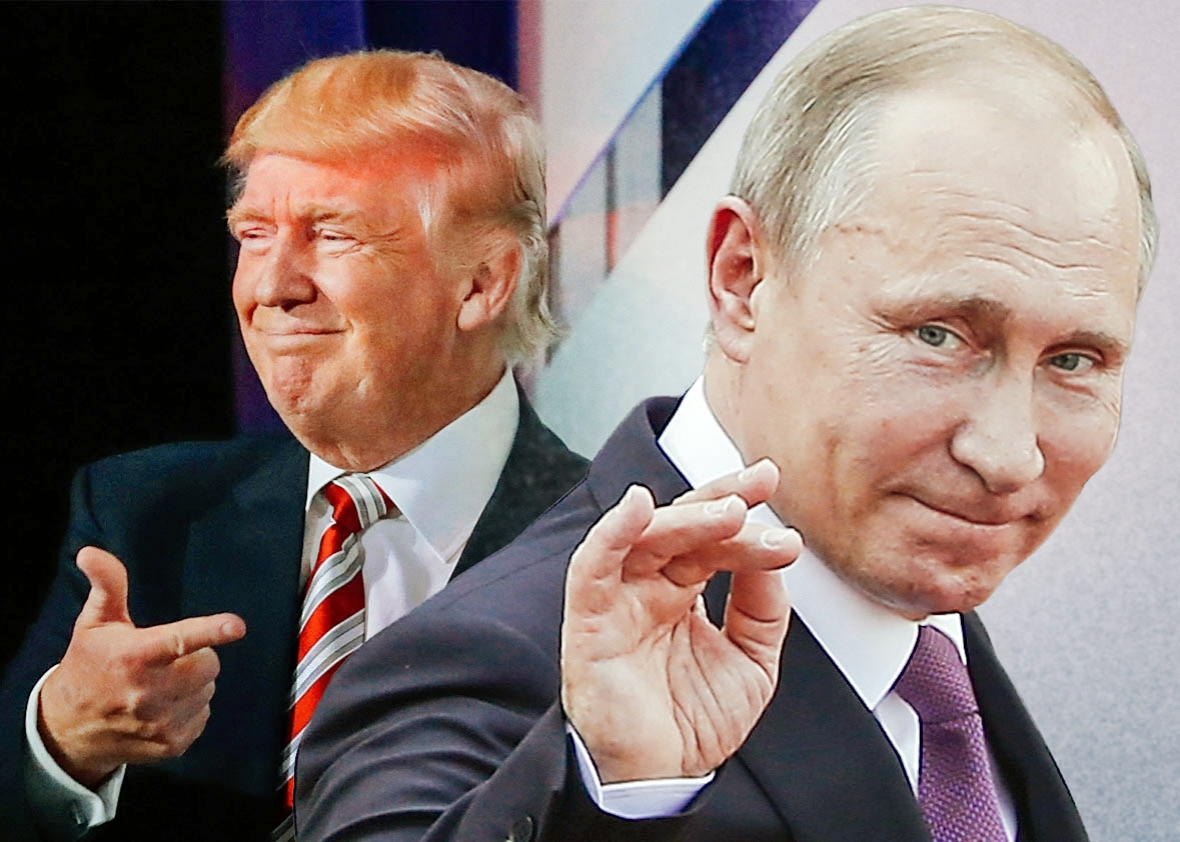
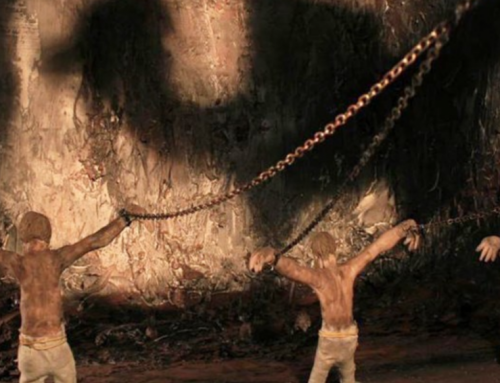
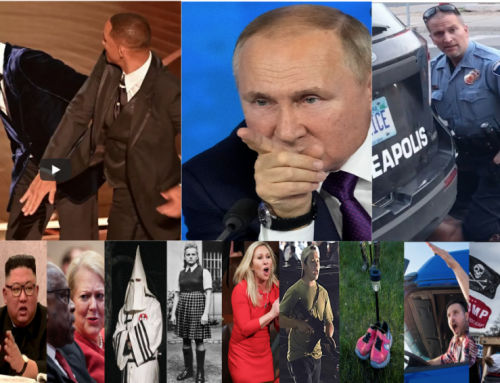
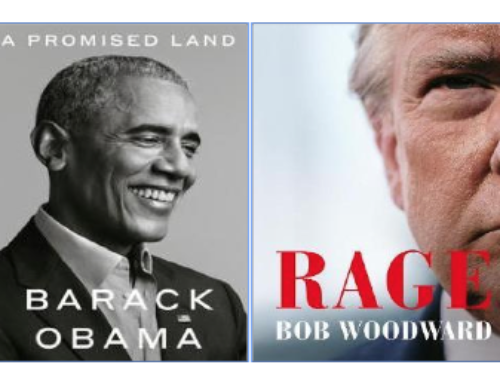
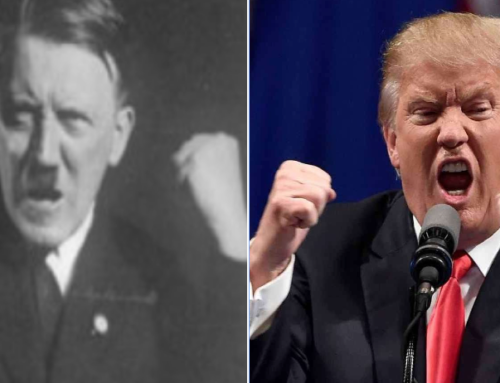
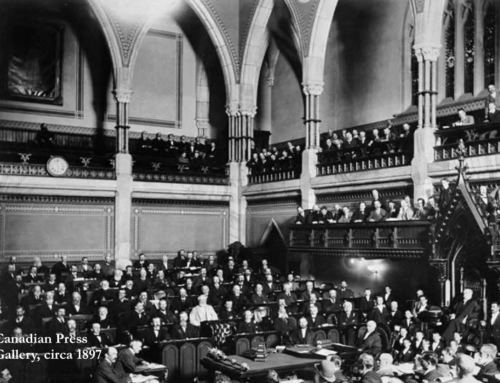
The most infuriating thing about reading articles like Chait’s, excellent and frightening as it is, is that as of this morning Trump’s approval numbers are going up! Insane as that may sound to us who actually read!